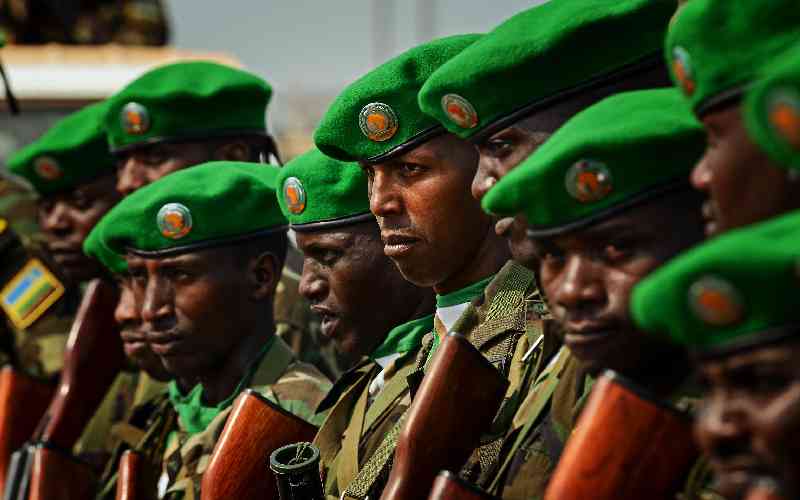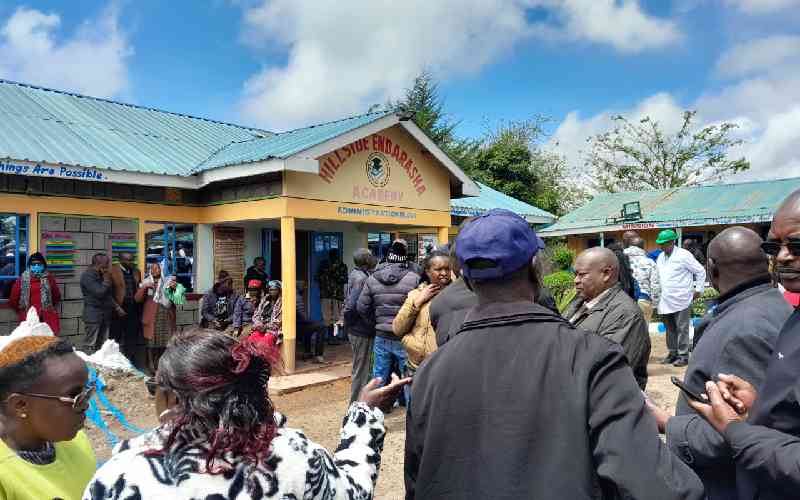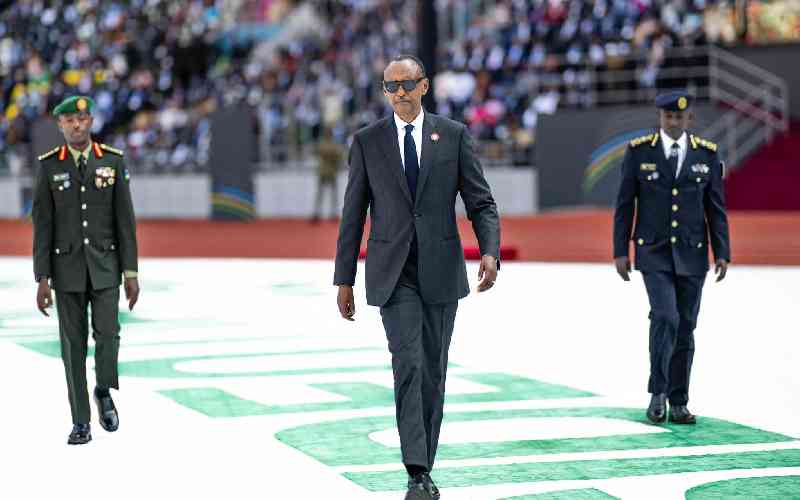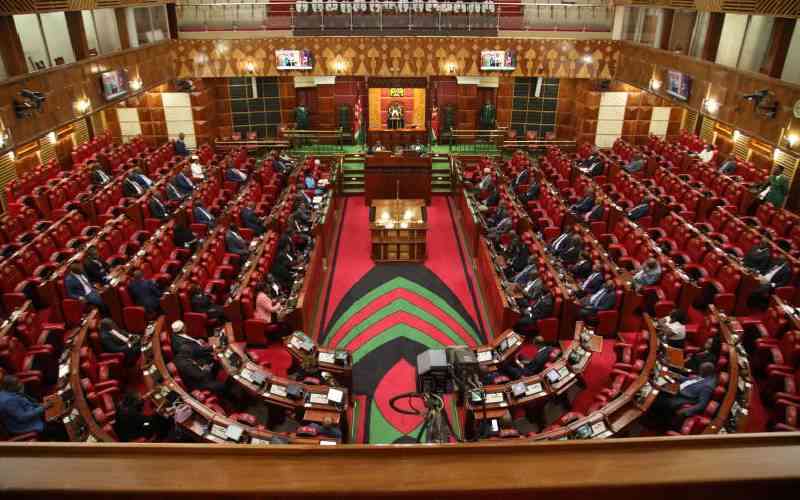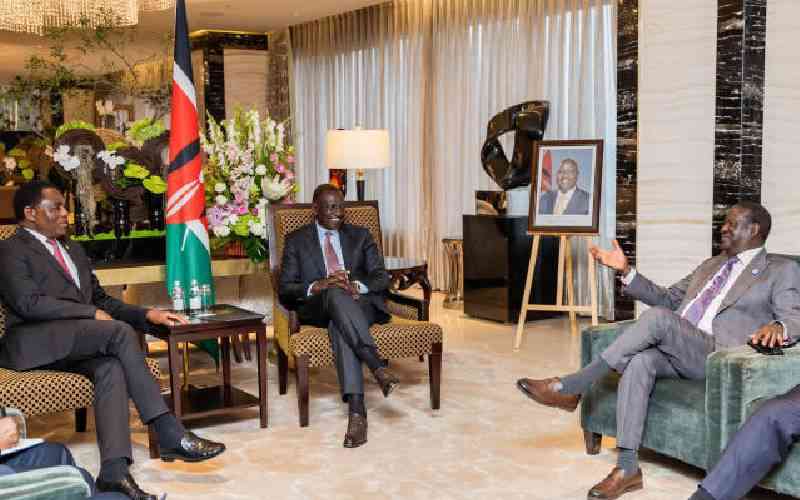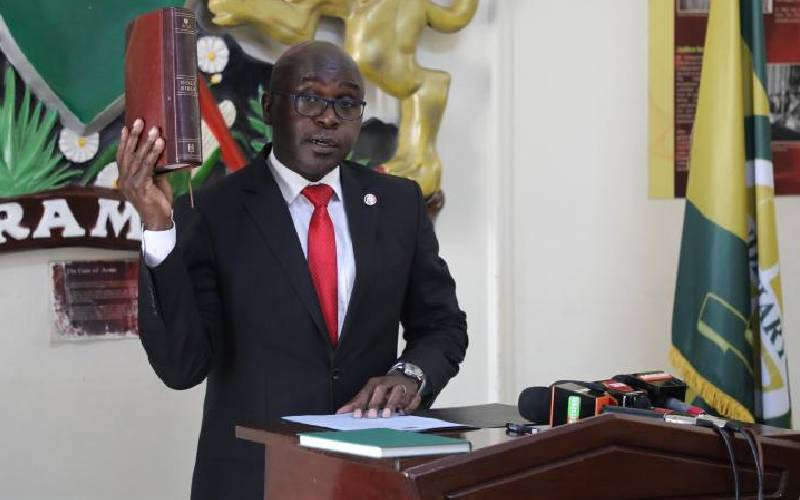By XN IRAKI
To most people, Rwanda is the land of a thousand hills. They are everywhere. The airport is on a hill and so are houses and hotels.
A drive through the capital Kigali gives one an eerie feeling of the hills. But this land is more than hills.
It might serve as a model of the African renaissance. The 1994 genocide brought this small but Africa’s most densely populated country on the brink. Close to two decades later, there is an air of a new beginning.
It is not just about the new buildings coming up, but the confidence and respect that Rwandese carry around. In hotels and even backstreets, an air of optimism pervades this land.
There are no potholes on the roads, polythene bags are forbidden, cities are clean and airtight security around-the-clock.
This optimism has attracted hordes of investors and tourists. Little wonder that Rwanda’s economy is ranked among the world’s fastest growing.
Rwanda’s secrets
So what has been the secret behind Rwanda’s astronomical growth?
Some schools of thought aver that no country has modernised without shock therapy. US had her civil war. UK had the Norman invasion of 1066 while Japan and Germany have World War II behind them.
But there are also exceptions. Nigeria for instance has gone through crippling phases of civil war but is yet to savour the true taste of modernity.
For Rwanda, however, the mass slaughter in 1994 was a lesson quickly learnt.
A memorial in Kigali reminds the living of the excesses of man. A walk through the memorial silences even the bravest of hearts. There is a background on what brought about the genocide, which includes scaring tribal statistics that we are instituting in Kenya.
The memorial captures the evil part of man and includes information on other genocides in Armenia, Yugoslavia, Cambodia, and other parts of the world.
The memorial’s most moving section includes photos of those who died in genocide, their clothes, wallets, cars keys, baby shoes, skulls, other bones and mass graves.
This shock forms the foundation on which Rwanda has anchored its Vision 2020 — an economic blueprint that hugely bets on reconstruction, social capital, ICT and good governance.
This plan also seeks to transform agriculture into a productive, high value, market oriented sector; develop a strong private sector, improve education and health.
An economic growth rate of 7 per cent per annum is envisaged as the driver in achieving this vision that will make Rwanda a middle-income country by 2020, 10 light years ahead of Kenya.
This Vision is practical and easily within reach. Most of her key leaders have lived outside the country, which exposes them to global view.
They know they can’t do alone and so they have opened their doors to investors.
In Rwanda, one can set up a business in less than six hours. The concept of one-stop-shop for investors is real.
Stay informed. Subscribe to our newsletter
The Rwanda Development Board brings together all government agencies responsible for the entire investor experience under one roof.
This includes key agencies responsible for business registration, investment promotion, environmental clearances, privatisation and specialist agencies, which support the priority sectors of ICT and tourism as well as SMEs and human capacity development in the private sector.
The board reports directly to the president. Such a board greatly reduces empire building.
A few lessons for Kenya will suffice.
There must be security for economic growth to take place. People work harder and consume more if they feel secure. You attract more investors both domestics and foreign. Your brand improves and demand for your goods and services is likely to rise.
Two, a country is build by its people. Donors and foreign investors come to supplement domestic efforts.
Three, the most important resource in economic growth is not oil or other ground resources. Rather, it’s the people.
Rwanda is hard at work attracting all manner of expertise both nationals and foreigners.
Four, it is not enough to have a vision. It is implementation that matters. By centralising implementation of Vision 2020, Rwanda increases the chances of success.
 The Standard Group Plc is a
multi-media organization with investments in media platforms spanning newspaper
print operations, television, radio broadcasting, digital and online services. The
Standard Group is recognized as a leading multi-media house in Kenya with a key
influence in matters of national and international interest.
The Standard Group Plc is a
multi-media organization with investments in media platforms spanning newspaper
print operations, television, radio broadcasting, digital and online services. The
Standard Group is recognized as a leading multi-media house in Kenya with a key
influence in matters of national and international interest.
 The Standard Group Plc is a
multi-media organization with investments in media platforms spanning newspaper
print operations, television, radio broadcasting, digital and online services. The
Standard Group is recognized as a leading multi-media house in Kenya with a key
influence in matters of national and international interest.
The Standard Group Plc is a
multi-media organization with investments in media platforms spanning newspaper
print operations, television, radio broadcasting, digital and online services. The
Standard Group is recognized as a leading multi-media house in Kenya with a key
influence in matters of national and international interest.

